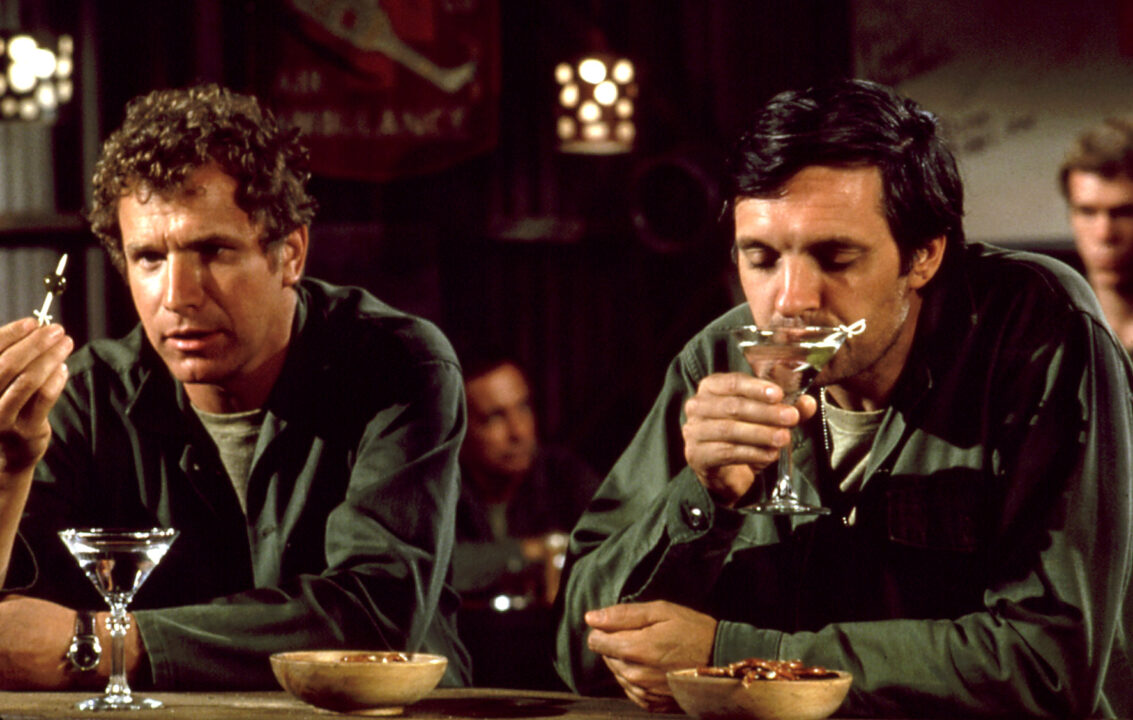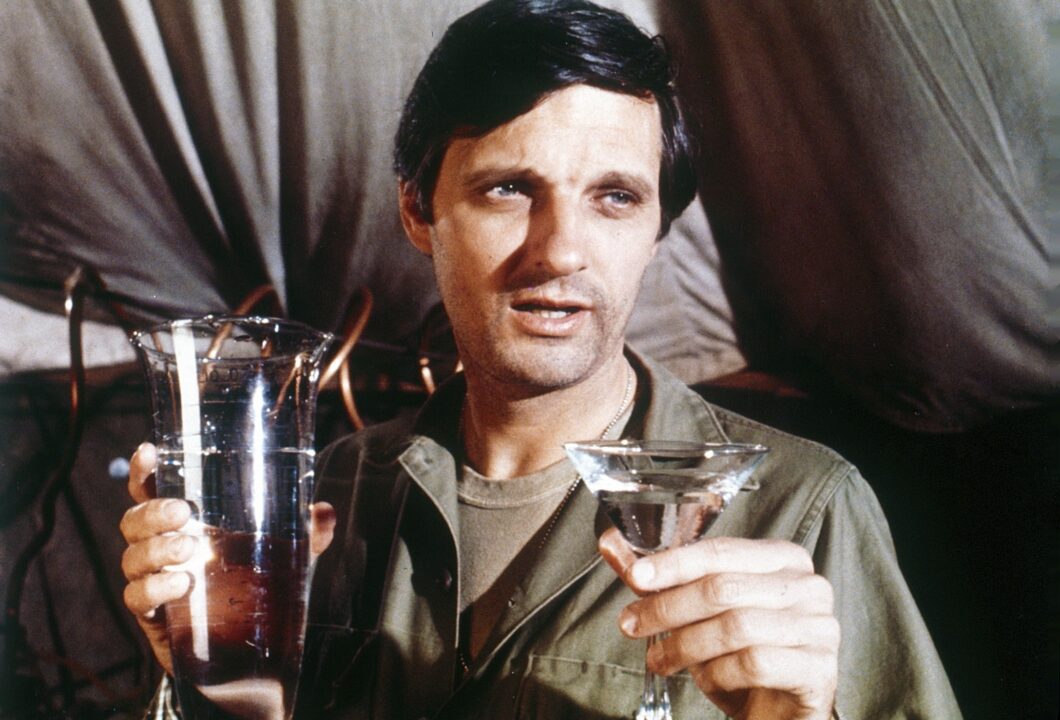Celebrate Veterans Day with a Look Back at the Early Days of ‘M*A*S*H’

What To Know
- Shortly after its 1972 debut, M*A*S*H was not yet recognized as the future television phenomenon it would become, nor was Alan Alda considered the major star he would later be.
- Alan Alda’s dedication to his craft was evident on set, where he fully immersed himself in his role as Hawkeye, sometimes to the point of risking his own safety during filming.
- Alda’s early life included performing with his father for WWII GIs, struggling through formulaic roles in the 1960s, and ultimately being chosen for M*A*S*H due to his credibility and comedic talent.
In the February 24, 1973 issue of TV Guide, writer Dick Lochte paid an on-set visit to M*A*S*H, just a few months after the show’s September 1972 debut. At the time, no one could have known that M*A*S*H would become one of the most popular shows in TV history, with a series finale that still holds viewership records, or that Alda would become one of the biggest stars of the ’70s and ’80s.

(c) 20th Century Fox Film Corp. All rights reserved. Courtesy: Everett Collection
There was a doctor on duty at 20th Century-Fox’s Sound Stage 9 in Hollywood. The warehouse-like building had been transformed into a 1950s Korean War military post — a Mobile Army Surgical Hospital unit by official designation but more popularly known by its acronym, M*A*S*H. The MD was there to offer technical advice on medical aspects of the CBS series. For actor Alan Alda, however, his presence wouldn’t have been more welcome had they been in an actual combat zone.
Not that the show’s unflappable supersurgeon, Hawkeye, is a hypochondriac away from the camera. It’s just that his nearly 15 years of theater, motion-picture and TV work have been marked by a series of bodily injuries and close shaves. While making the M*A*S*H pilot, he had to be constantly cautioned to bend his 6-foot-2 frame away from the path of whirling helicopter blades. Just part of an extreme dedication to a profession he chose very early in life.
Offstage, the 36-year-old Alda leads a totally nonperilous existence. He has retreated with wife Arlene and daughters Eve, Elizabeth and Beatrice from the pressures of big-city life to a quiet New Jersey village. There he projects the profile of a near-perfect insurance risk. He doesn’t even smoke. But something happens when he steps into the spotlight. As series costar McLean Stevenson observed: “Alan has a tremendous amount of concentration, more intense than I’ve ever seen before. He doesn’t just act out a role, he throws himself into it completely.”

Everett Collection
To the best of his recollection, Alda was 7 when he first stood up in front of an audience. His family had journeyed from his birthplace, New York City, to the West Coast, where his father, actor Robert Alda, was making movies for Warner Bros. At Sunday gatherings at the Alda home, Alan performed skits for relatives and friends. At the Hollywood Canteen he teamed with his father to entertain World War II GIs. After graduation from Fordham University and a six-month Army sojourn, Alda married the girl he had been dating since their meeting at a chamber-music recital a year before.
In the beginning of the 60s, Alda struggled to establish himself as a professional actor. “I was in a bunch of romantic comedies that all had the same formula plot. I’d get mad at the girl and rush off to get drunk. The third act would open with me waking up on a couch with a hangover.” He joined the New York companies of “Second City” and plays including The Owl and the Pussycat.
By 1972, M*A*S*H producer Gene Reynolds had seen Alda on Broadway and in the 1968 sports comedy Paper Lion and had been impressed by “his appealing, human quality. He has credibility mixed with a natural comedic flair. When I heard he was considering series work, I sent a copy of our pilot script to [him] immediately. He liked it but had some reservations. He didn’t get back from location until the night before I was to go into rehearsals. I still wasn’t sure I had him. We met and, luckily, we were both thinking along the same lines as far as the show was concerned.”

© 20th Century Fox Television. All Rights reserved. /Courtesy Everett Collection
All hands want the TV version to capture the spirit and attitude of the movie. They like the fact that the mood shifts from the goofy horseplay of the antiestablishment heroes to the grimness of the operating room. But Alda says he doesn’t remember the way his predecessor, Donald Sutherland, handled Hawkeye. “I recall he was very good, but I saw the picture a long time ago. My conception of the character comes from the Richard Hooker novel and the pilot script by Larry Gelbart.” Gelbart, who writes some of the half-hour scripts and supervises others, is very pleased with Alda, “an intelligent actor who bothers to feel his roles.”
Alda crossed the set to intercept a bit actor dressed as an MP. Alda pointed to the man’s hip holster and inquired, “You’re going to be aiming that gun at me in the next scene, right?” The fellow nodded and Alda asked him to make sure the pistol was not loaded.
“I already checked it.”
“Could you give it another look?”
The ersatz MP shrugged, clicked open his gun. Empty. Alan Alda relaxed. It’s only prudent to double-check some things. Even with a doctor standing by.

Toys & Games
November/December 2025
Fire up the Easy-Bake Oven, dust off that pogo stick, tickle that Elmo and get ready to blast back to a time when batteries were not included
Buy This Issue